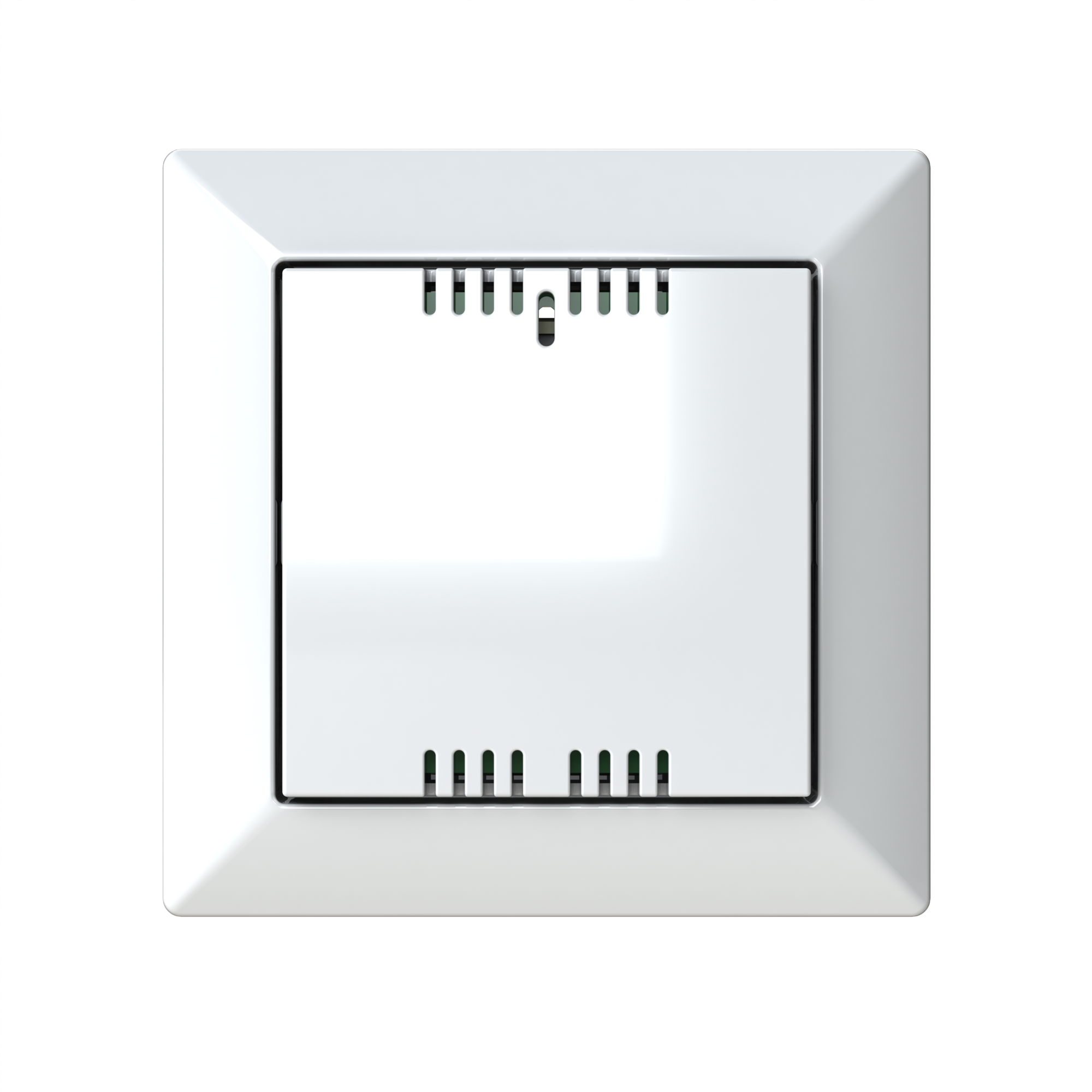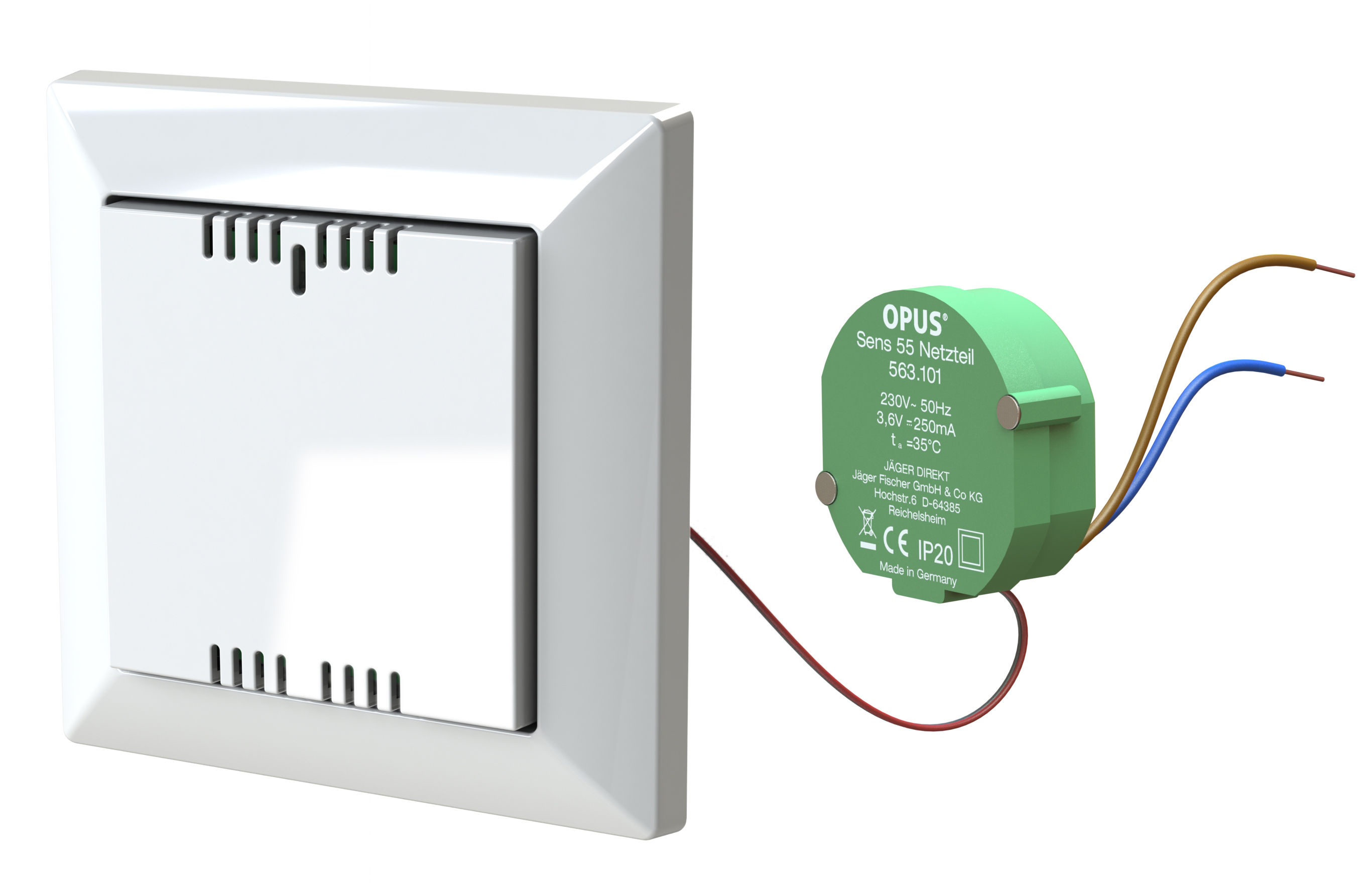Mold - a problem for health and your wallet
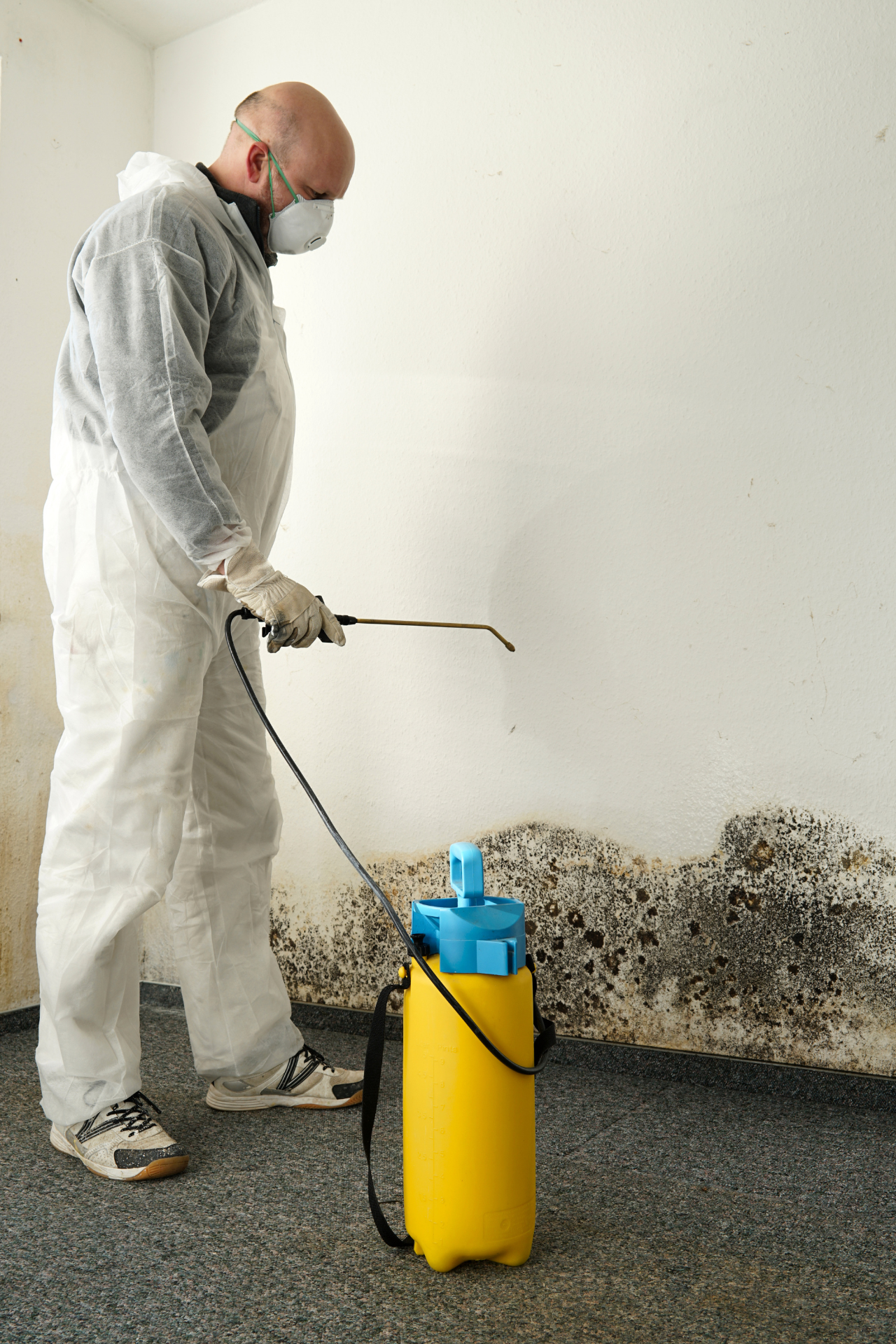
But what is mold and how does it develop?

Mold prevention with OPUS Smart Home
Equipped against all types of mold

General information:
Distribution sites of black mold:
Damage to health:
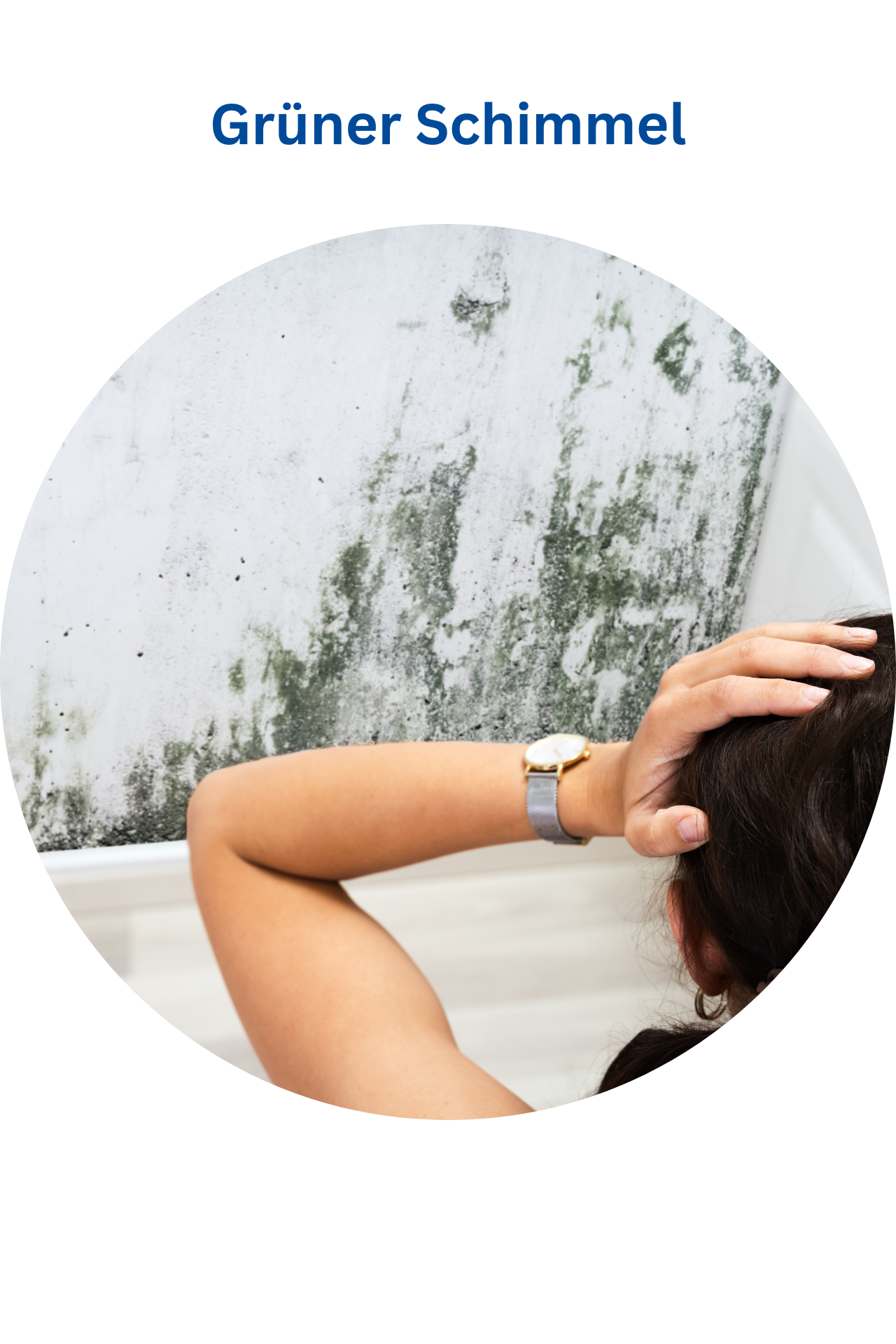
General Information:
Places where green mold spreads:
Damage to health:
Mold spores can enter the respiratory tract through indoor air and cause allergies, respiratory problems or a weakening of the immune system. Even green mold can release various mycotoxins, which pose a health risk.

General Information:
White mold is often found on spoiled food such as fruit and vegetables. However, it can also form on walls and can often be difficult to spot on white walls due to its light color. Like other molds, white mold thrives in damp environments. Moisture, poor ventilation and organic materials on which it can grow favor its growth. The mold forms a white coating that looks like a fuzz and sometimes resembles cobwebs that can stretch over the infested food.
Distribution sites of white mold:
White mold usually appears on spoiled food, but can also occur in the garden and on plants. Especially in damp and cool environments, white mold can form on the leaves of plants and vegetables. Organic material in compost heaps and bins also provides a breeding ground for white mold growth.
Damage to health:
The spores of white mold can cause allergic reactions, similar to other types of mold. This can include respiratory problems, skin irritation, eye irritation and allergic rhinitis. Note: Some white molds are of interest to food processors as they play a key role in the ripening of certain cheeses such as Brie and Camembert. These molds are not harmful to health and are specifically cultivated in the food industry.

General Information:
Distribution sites of yellow mold:
Yellow mold is often found on food, building walls, wallpaper and wood. It can also occur in textiles such as carpets and upholstered furniture.
Damage to health:
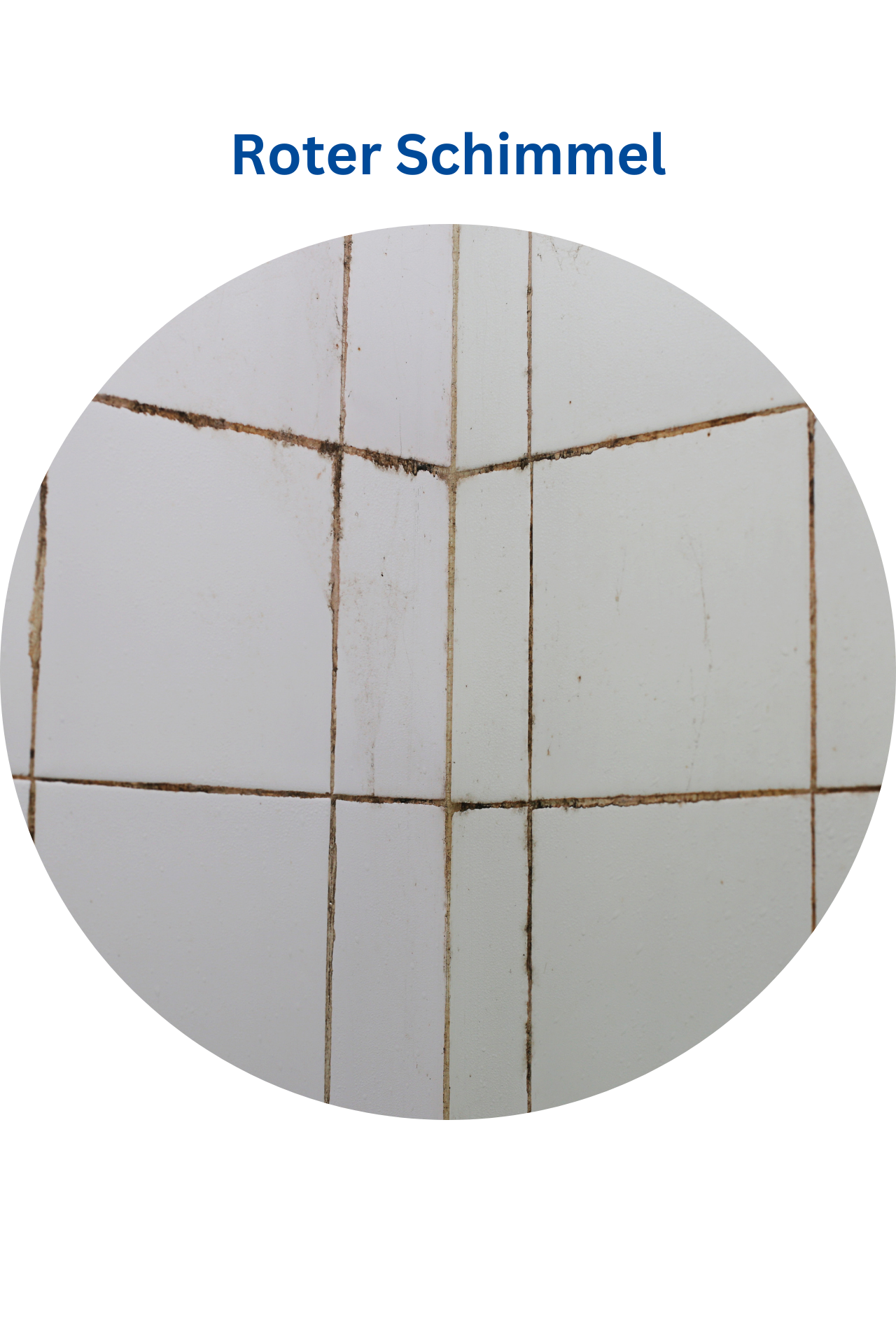
General Information:
Distribution sites of red mold:
As the names "bread mold" and "baker's mold" suggest, this mold is often found on bread and other cereal products. However, it can also damage fruit and food as well as interiors and walls.
Damage to health:
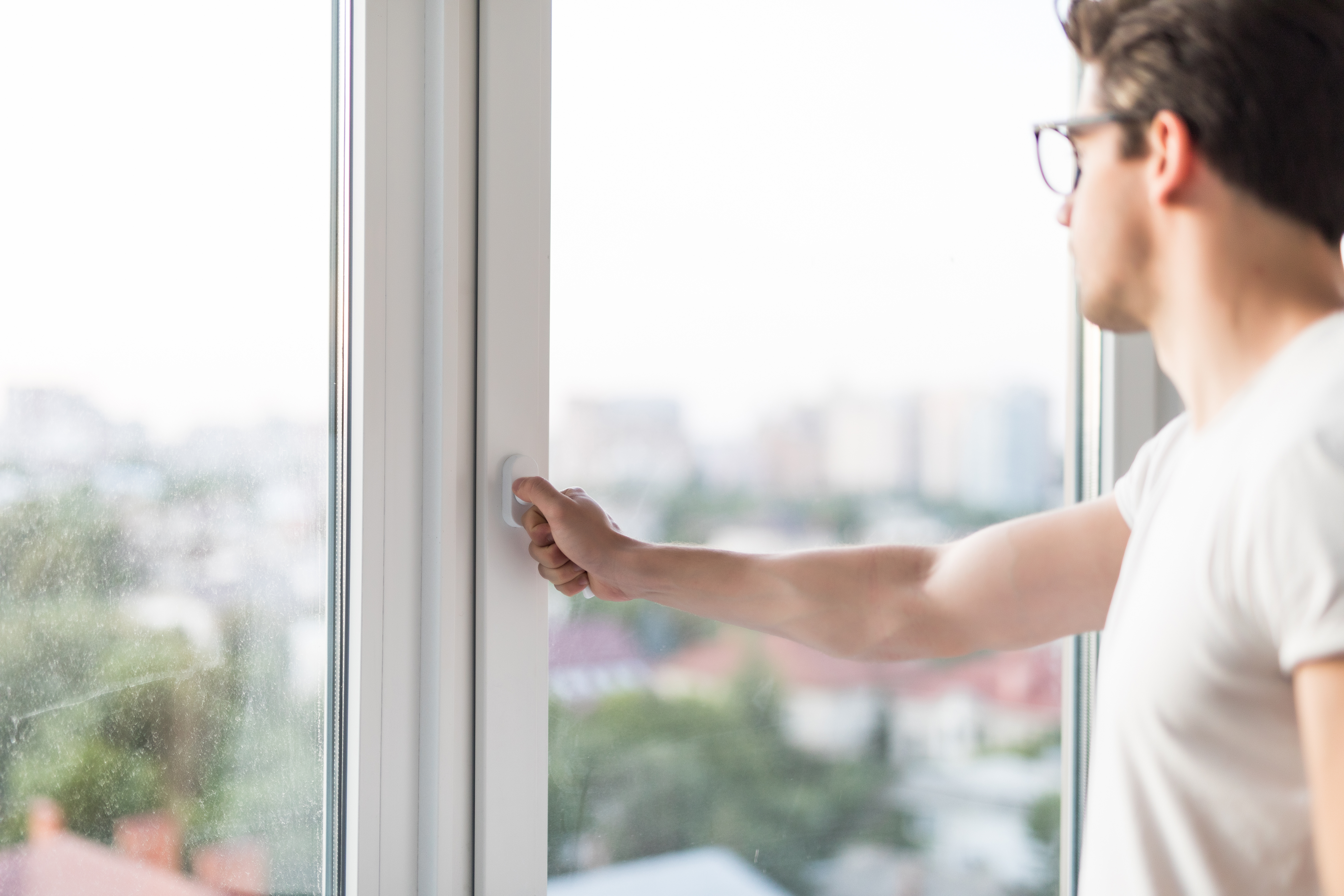
Effective ventilation and heatingEffektives Lüften und Heizen
Mold prevention with OPUS Smart Home

